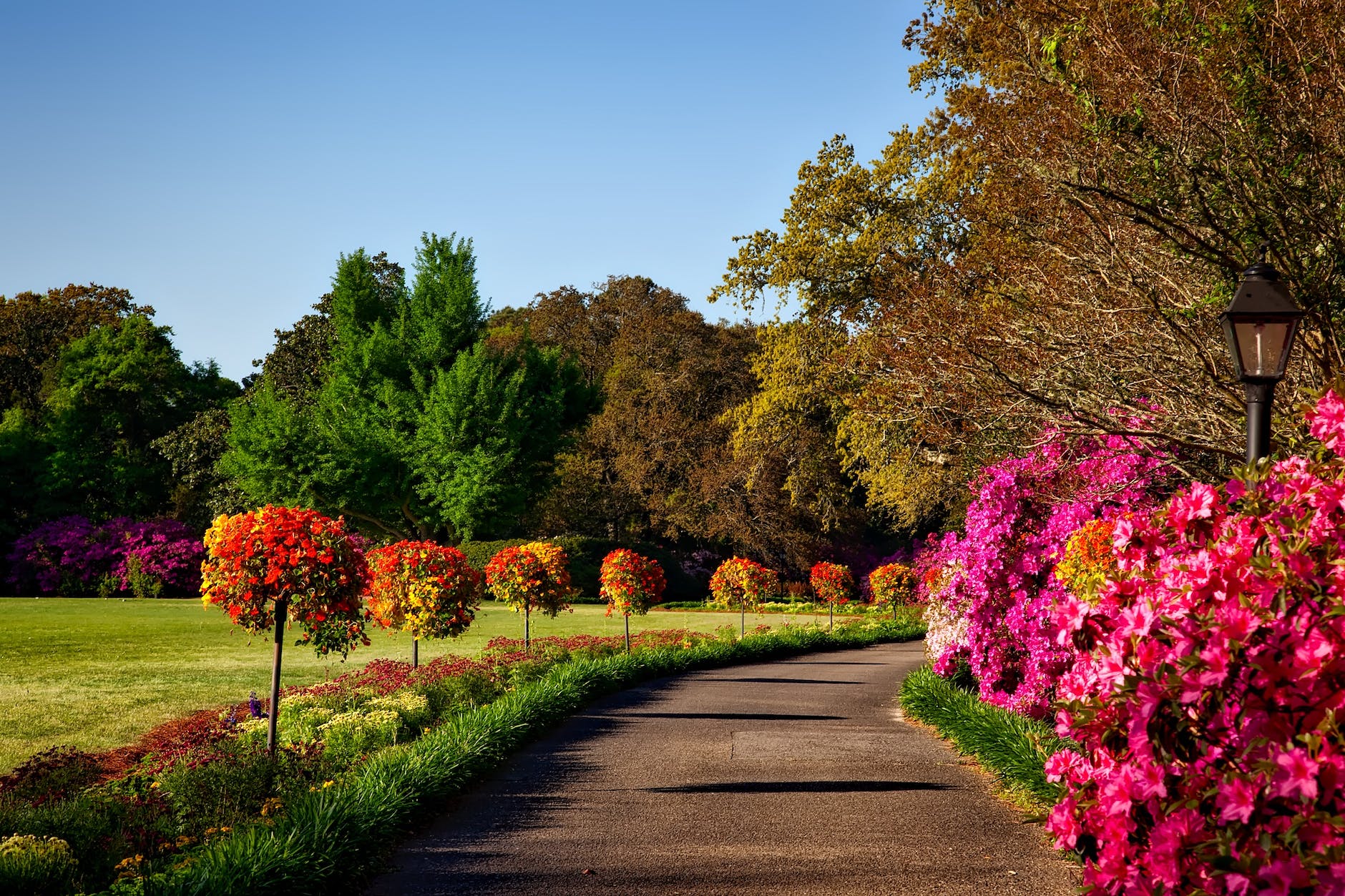
Flower Garden
There’s nothing quite like a beautiful bouquet of fresh flowers to brighten up a room and lift your spirits. But did you know that you don’t have to rely on the local florist or the Mr Roses in Perth to enjoy a stunning floral display? Growing your cut flower garden is a rewarding and therapeutic hobby that can provide you with endless gorgeous blooms. In this beginner’s guide, we’ll walk you through the essential steps to creating a flourishing cut flower garden, from choosing the right flowers to plant to harvesting and arranging your blossoms.
Selecting the Perfect Blooms for Your Garden
The first step in creating a cut flower garden is deciding which flowers to plant. Consider the following factors when making your choice:
- Climate: Choose flowers that are well-suited to your local climate. For example, sun-loving plants like roses and dahlias will thrive if you live in a warm, sunny area.
- Bloom time: To ensure a continuous supply of flowers, select a mix of varieties with different blooming seasons.
- Colour and form: Consider the colour palette and shapes you’d like in your arrangements, and choose flowers that complement each other visually.
- Vase life: Opt for flowers with a long vase life, such as zinnias, snapdragons, and lilies, so you can enjoy your arrangements for as long as possible.
Preparing the Garden Site
Once you’ve chosen your flowers, it’s time to prepare your garden site. Keep the following tips in mind:
- Location: Choose a sunny, well-draining spot for your garden, as most cut flowers require at least six hours of sunlight daily.
- Soil preparation: Amend your soil with organic matter, such as compost or aged manure, to improve drainage and provide essential nutrients.
- Garden layout: Plan your garden layout to maximise space and sunlight exposure, grouping plants with similar height and care requirements together.
Planting and Caring for Your Flowers
Now that your garden site is ready, it’s time to plant your flowers. Follow these guidelines for successful growth:
- Timing: Plant your flowers appropriately, considering their specific planting requirements and your local climate.
- Spacing: Give your plants enough room to grow by following the recommended spacing guidelines for each species.
- Watering: Water your flowers consistently and deeply, ensuring the soil remains moist but not waterlogged.
- Fertilising: Feed your flowers a balanced, slow-release fertiliser to promote strong growth and abundant blooms.
- Pruning and deadheading: Regularly remove spent blooms and prune your plants to encourage bushy growth and continuous flowering.
Harvesting and Arranging Your Cut Flowers
When your flowers are in full bloom, it’s time to enjoy the fruits of your labour. Keep these tips in mind when harvesting and arranging your blossoms:
- Harvesting: Cut your flowers in the early morning or late afternoon when they are fully hydrated and at their peak of freshness. Use sharp scissors or secateurs to make clean cuts at an angle.
- Conditioning: To prolong the vase life of your flowers, remove any foliage submerged in water and place the stems in a bucket of fresh, lukewarm water immediately after cutting. Allow them to hydrate for a few hours before arranging.
- Arranging: Get creative with your arrangements, mixing and matching colours, textures, and heights to create eye-catching displays. Remember to change the water and trim the stems every few days to keep your flowers looking fresh.
Conclusion
Growing your cut flower garden is a delightful and fulfilling hobby allowing you to enjoy fresh, beautiful bouquets in your backyard. As a beginner, you may face challenges and learn valuable lessons along the way, but with time and practice, your garden will flourish, providing you with an abundance of stunning blooms to brighten up your home and share with loved ones.






